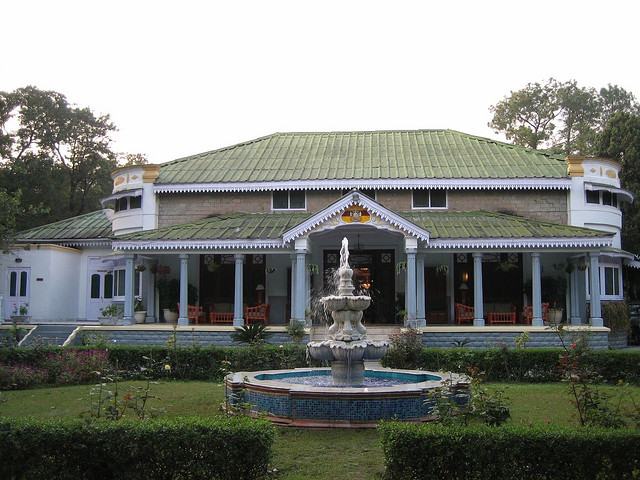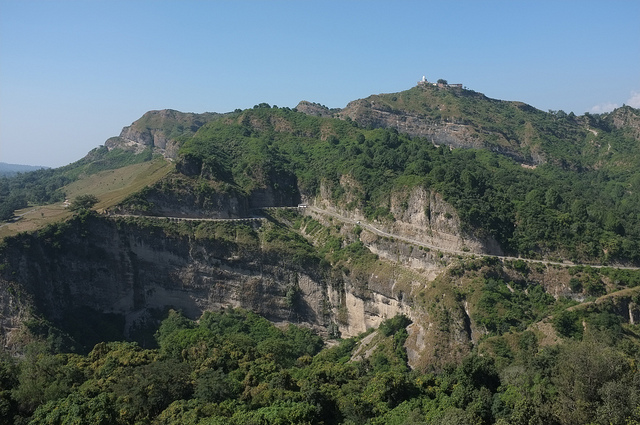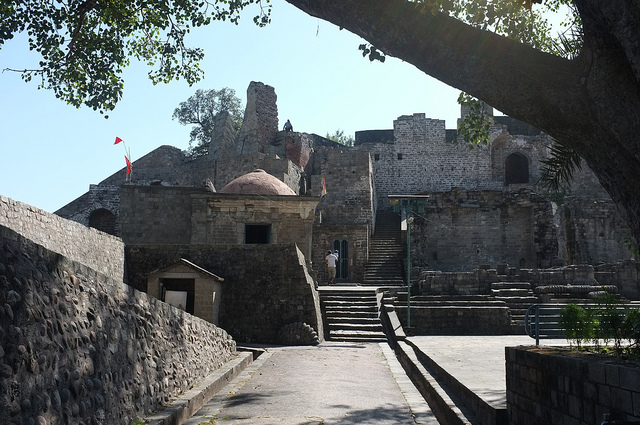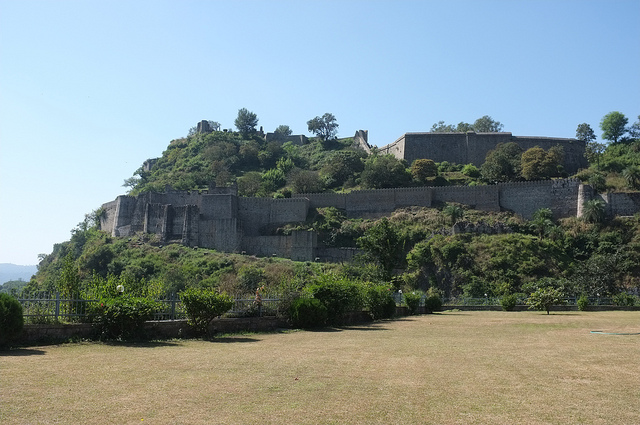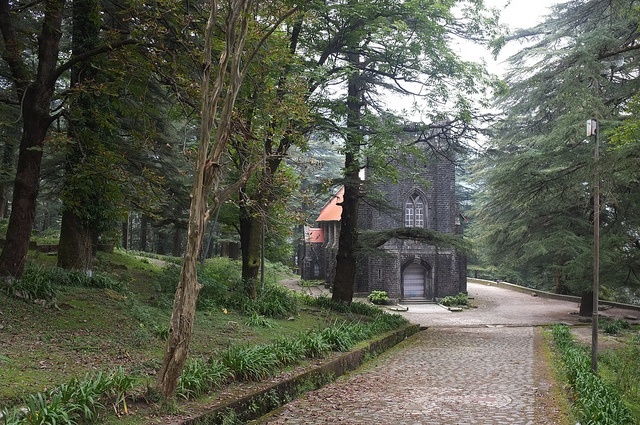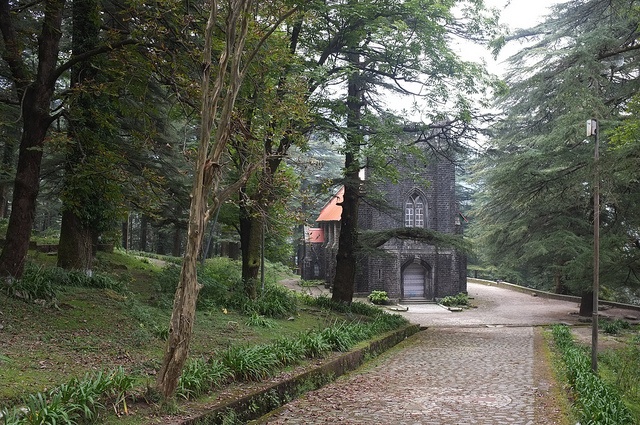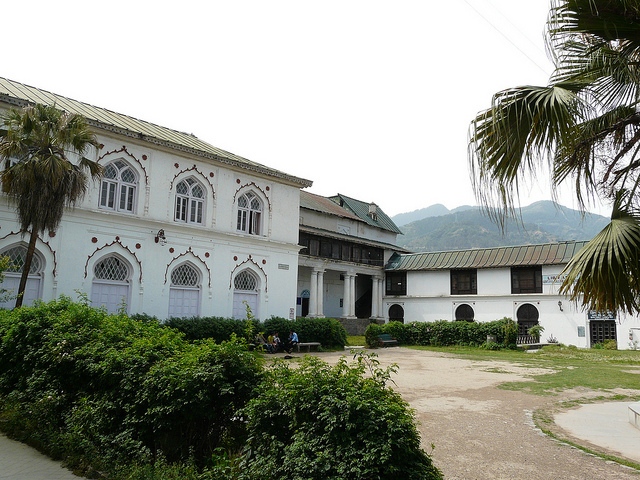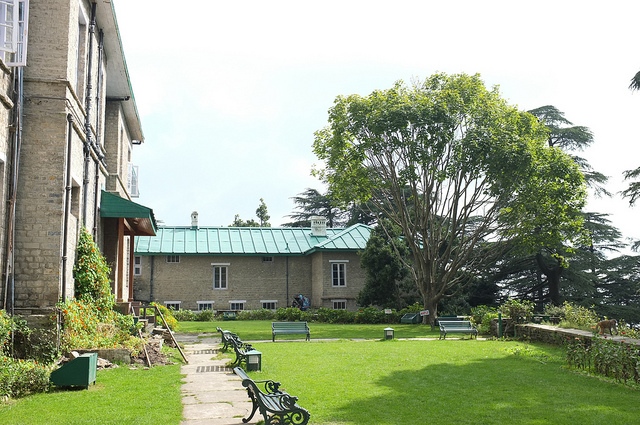Chail View Palace
Maharaja Bhupinder Singh of Patiala vowed to build his own Summer Capital at Chail, which was planned to be superior to Shimla, the Summer Capital of British. Before starting his construction he built a palace at Kandaghat offering view of Chail, giving it a prominent position in the history and called it Chail View Palace. Even today, one can visit the rooms in the Palace that were used exclusively by the Maharaja that have been well preserved in their pristine glory.

